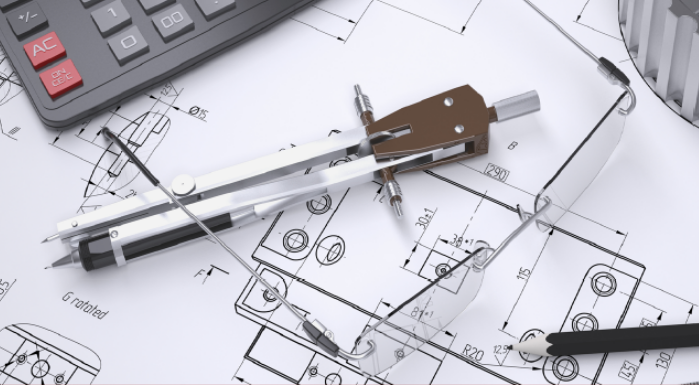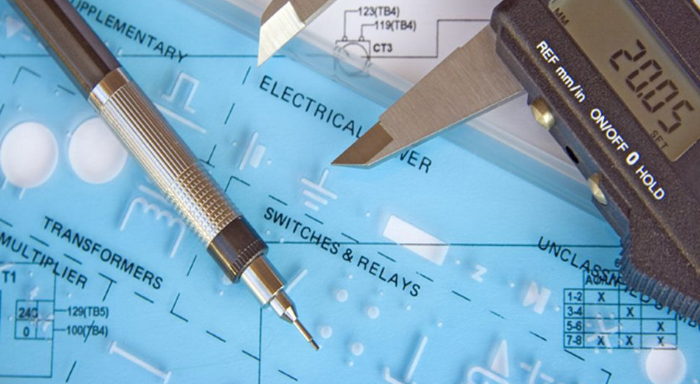
Many OEM developers have focused on a ‘low volume, high diversity’ strategy. But merely using designs for unique products to overcome current strategic challenges such as beating increased competition, won’t be sufficient.
The solution for the OEM developer can be found in integrally modular designing of product families that are developed more efficiently and produced simpler, faster, and cheaper in a series.
But is integrally modular designing client-specific enough? In this article I will explain the advantages of modular designing and will also comment on how client-specific this can be.
Starting point in developing client-specific machines is strengthening the strategic position, a drastic reduction of management costs, a more efficient organisation and flexibilisation of mechanical engineering. The solution can be found in setting up a smart modular platform that meets a huge potential customer demand.
How do you get a client specific modular design?
An integral design of a modular product can only be successful if it complies with all demands of the stakeholders. These demands are wishes that should be translated into user, functional, technical, logistic and marketing specifications.
In order to meet with customer demand, the result should be flexible in the front-end, but modularly built up in the back- end.
First of all, it is important to map the importance of customer demand. We do this in two steps: with a historical analysis and a strategic analysis:
- The historical analysis:
During the historical analysis we look at which functions were delivered previously and in which scope and variety this happened. We also look at how the present (and previous) order creation from the product portfolio is set up. - The strategic analysis:
During the strategic analysis we look at what distinguishes the client. What are the unique selling points and which specifications should the design comply with in order to maintain those USPs? The design should fit seamlessly with whatever it is that the client values.
After customer demand has been mapped, smart modules should be developed, taking into account that the desired user-specifications are translated into a flexible architecture. To put it differently, the results of the research are translated into a new technology platform / module aimed at a specific market and application. A modular system architecture can be defined on this platform.
A tool for defining the architecture is the so-called MFD analysis, in which MFD stands for Modular Function Deployment. This analysis starts with a QFD analysis (quality function deployment) in order to obtain the user and design requirements, with a focus on modularity. On the basis of this, possible technical solutions and corresponding modular concepts are selected. Where useful, several functions can be integrated into one module, in which it is logical to keep apart client-specific and generic modules.
The generated functions are assessed by means of so-called ‘module drivers’. Depending on the strategic orientation of the OEM developer in question, a preferred selection of modules comes out. From this, components can be designed.
What do you reach with a client-specific modular design?
The goal is to process as much as possible of the customer demand in the final design. Realising that 100% is wishful thinking, Post en Dekker can process 85% to 95% of the digital order intake in the configure-to-order environment. My answer to the question whether modular designing is less client- specific is: hardly, rather the opposite. You are more familiar with customer demand and are able to offer the client a better “integral best solution”...
Opposed to this minimal difference are the big advantages of integral modular designing, such as:
- Significantly cheaper design and development trajectory;
- Shorter turnaround time ;
- Better risk management;
- Better cost management;
- Rest in the execution.
One disadvantage could be that the change management project and implementation trajectory from engineering-to-order to configure-to-order, might be complex and comprehensive.
The approach of modular designing offers OEM developers a strategic advantage on the competition thanks to simplified product management, reduction of failure costs and cost reduction in the whole chain. The competitive struggle must therefore be won across the entire width of the chain.
Would you like to know how integral modular designing can work for your organisation? Please get in contact.











